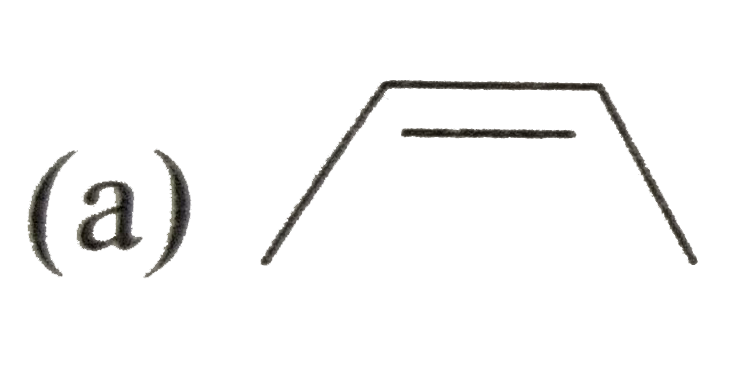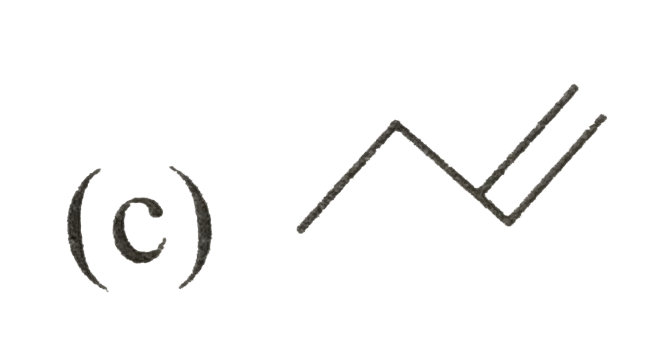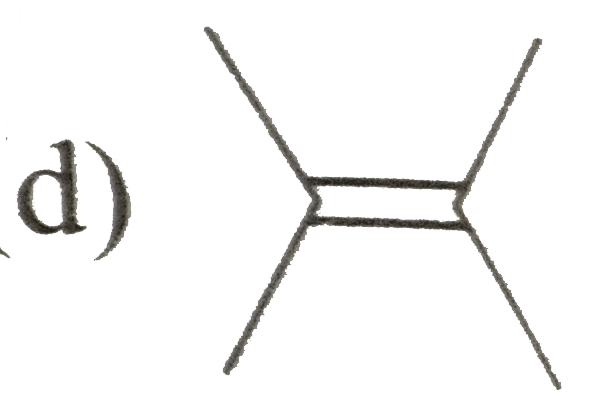Indigo shows cis-trans isomerism. Which is the stable form of Indigo
Either cis or trans
Trans
Cis
Both of the above
The correct Answer is:B
To determine the stable form of indigo, we need to analyze its isomerism, specifically the cis and trans forms.
1. Understanding Indigo Structure:
Indigo is an organic compound that can exist in two geometric isomers: cis and trans. These isomers differ in the spatial arrangement of their atoms around a double bond.
2. Identifying Isomers:
- Cis Isomer: In the cis form, the substituents are on the same side of the double bond.
- Trans Isomer: In the trans form, the substituents are on opposite sides of the double bond.
3. Analyzing Stability:
- The stability of isomers can be influenced by steric hindrance and torsional strain. In the case of indigo, the trans isomer is generally more stable than the cis isomer.
- This is because in the trans configuration, the bulky groups are farther apart from each other, which minimizes steric repulsion.
4. Conclusion:
- The trans form of indigo is the more stable isomer due to minimized steric repulsion between the substituents.
Final Answer:
The stable form of indigo is the trans isomer.
Indigo is an organic compound that can exist in two geometric isomers: cis and trans. These isomers differ in the spatial arrangement of their atoms around a double bond.
- Cis Isomer: In the cis form, the substituents are on the same side of the double bond.
- Trans Isomer: In the trans form, the substituents are on opposite sides of the double bond.
- The stability of isomers can be influenced by steric hindrance and torsional strain. In the case of indigo, the trans isomer is generally more stable than the cis isomer.
- This is because in the trans configuration, the bulky groups are farther apart from each other, which minimizes steric repulsion.
- The trans form of indigo is the more stable isomer due to minimized steric repulsion between the substituents.
The stable form of indigo is the trans isomer.
Topper's Solved these Questions
- BOOK - ERRORLESS CHAPTER - CHEMISTRY IN EVERYDAY IN LIFEEXERCISE - Ordinary Thinking (Drugs and Medicines)77videos
CHEMISTRY IN EVERYDAY IN LIFE
- BOOK - ERRORLESS CHAPTER - CHEMISTRY IN EVERYDAY IN LIFEEXERCISE - Ordinary Thinking (Rocket - Propellant and Other )27videos
CHEMISTRY IN EVERYDAY IN LIFE
- BOOK - ERRORLESS CHAPTER - CHEMICAL KINETICS EXERCISE - JEE (Advanced ) 20181videos
CHEMICAL KINETICS
- BOOK - ERRORLESS CHAPTER - CLASSIFICATION OF ELEMENTS AND PERIODIC PROPERTIES EXERCISE - JEE Section Matrix Match type questions2videos
CLASSIFICATION OF ELEMENTS AND PERIODIC PROPERTIES
Similar Questions
Knowledge Check
- Question 1 - Select One
Cis trans isomerism is shown by
A B
B C
C D
D
- Question 2 - Select One
Cis-trans isomerism is exhibited by:
A[PtCl(NH3)3]+B[Pt(NH3)4]2+C[PtCl4]2−D[PtCl2(NH3)2] - Question 3 - Select One
Cis-trans isomerism is exhibited by:
A[PtCl(NH3)3]+B[Pt(NH3)4]2+C[PtCl4]2−D[PtCl2(NH3)2]

